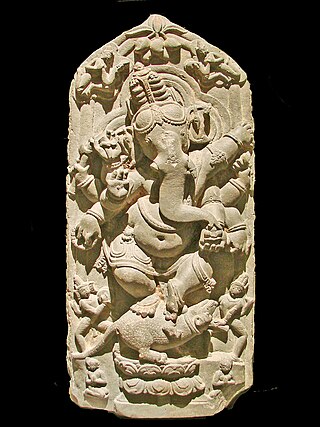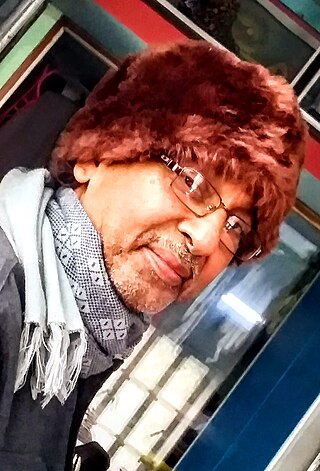
The Bengali language movement was a political movement in former East Bengal in 1952 advocating the recognition of the Bengali language as a co-lingua franca of the then-Dominion of Pakistan to allow its use in government affairs, the continuation of its use as a medium of education, its use in media, currency and stamps, and to maintain its writing in the Bengali script.

The University of Rajshahi, also known as Rajshahi University or RU, is a public research university located in Motihar, Rajshahi, Bangladesh. It is the second oldest and third largest university in Bangladesh. The university's 61 departments are organized into 12 faculties. It is one of the four autonomous by the act (1973) of Bangladesh.

Jahangirnagar University is a fully residential public research university located in Savar, Dhaka, Bangladesh. It was established in 1970 by the Jahangirnagar Muslim University Ordinance of the Pakistani Government, which was amended after the independence of Bangladesh to form the university. It is one of the four autonomous universities by the act of universities in Bangladesh.

Rangpur, is one of the major cities in Bangladesh and Rangpur Division. Rangpur is located in the northwestern part of Bangladesh.

Bogra, officially known as Bogura, is a city located in Bogra District, Rajshahi Division, Bangladesh. The city is a major commercial hub in Northern Bangladesh. It is the second largest city in terms of both area and population in Rajshahi Division. The Bogra bridge connects the Rajshahi Division and Rangpur Division.

Dinajpur district is a district in the Rangpur Division of northern Bangladesh. Dinajpur is the largest district among all sixteen northern districts of Bangladesh.

Rangpur is a district in Northern Bangladesh. It is a part of the Rangpur Division.

Mymensingh is a metropolitan city and capital of Mymensingh Division, Bangladesh. Located on the bank of Brahmaputra River, about 120 km (75 mi) north of the national capital Dhaka, it is a major financial center and educational hub of north-central Bangladesh. It is the administrative center of Mymensingh District and Mymensingh Division. As of 2022, Mymensingh City Corporation is the 7th largest city in terms of area and the 8th largest in terms of population in the country, with a population of 576,927 people.

North Bengal or Uttar Banga is a term used for the north-western part of Bangladesh and northern part of West Bengal. The Bangladesh part denotes the Rajshahi Division and Rangpur Division. Generally, it is the area lying west of Jamuna River and north of Padma River and includes the Barind Tract. The West Bengal part denotes Jalpaiguri Division and the Malda division together. The Bihar parts include the Kishanganj district. It also includes parts of Darjeeling Hills. Traditionally, the Ganga River divides Bengal into South Bengal and North Bengal, divided again into Terai and Dooars regions. Jalpesh and jatileswar are some of the most popular sacred places.

Bangladesh is divided into 8 divisions (bibhag) and 64 districts, although these have only a limited role in public policy. For the purposes of local government, the country is divided into upazilas (sub-districts), "municipalities" or town councils (pourashova), city corporations and union councils . The diagram below outlines the five tiers of government in Bangladesh.

Rajnarayan Basu (1826–1899) was an Indian writer and intellectual of the Bengal Renaissance. He was born in Boral in 24 Parganas and studied at the Hare School and Hindu College, in Kolkata, Bengal. A monotheist at heart, Basu converted to the Brahmoism sect at the age of twenty. After retiring, he was given the honorary title of Rishi or sage. As a writer, he was one of the best known prose writers in Bengali in the nineteenth century, writing often for the Tattwabodhini Patrika, a premier Brahmo journal. Due to his defence of Brahmoism, he was given the title "Grandfather of Indian Nationalism".

The Bengali dialects or Bengali varieties are the varieties of the Bengali language that are part of the Eastern Indo-Aryan language group of the Indo-European language family widely spoken in the Bengal region of South Asia. The spoken dialects of Bengali are mutually intelligible with neighbouring dialects.

Kalaroa is an upazila of Satkhira District in the Division of Khulna, Bangladesh, Kolaroa Upazila was established in 1983. It is located at a distance of 18 km from the District Headquarters. Kalaroa Bazar is one of the prosperous and successful business places in Satkhira District.

Badarganj is an Upazila of Rangpur District in the Division of Rangpur, Bangladesh.

Carmichael College is an educational institution in Rangpur, Bangladesh. It was established on 10 November 1916 and was named after Thomas David Baron Carmichael of Skirling.

The Begum Rokeya University, Rangpur, formerly Rangpur University, is a public research university in Rangpur, Bangladesh. Founded in 2008, it is the only generally categorized university in Rangpur Division and the second public university in the region. It was named after the feminist writer and social worker Begum Rokeya.

Bidhan Sarani is a principal north–south thoroughfare in north part of Kolkata, the capital of the Indian state of West Bengal. It was named after the first Chief Minister of West Bengal, Bidhan Chandra Roy. The road starts from Shyambazar five-point crossing and extends up to MG Road crossing, after which the street continues as College Street towards the south. Bidhan Sarani encompasses the neighbourhoods of Shyambazar, Hatibagan, Hedua, Shimla, Thanthania and College Street.

Govt. Edward College, Pabna is one of the oldest colleges in Bangladesh.

Arup Chandra, born in 1951 in Murshidabad district in the state of West Bengal, is a writer, poet, essayist, art critic, and an educator. He is the writer of more than fourteen books, and has edited twelve others. Two of his books are translated into English and published. His research speciality is the history, poetry, art, culture and literature of Murshidabad District.

Rangpur-3 is a constituency represented in the Jatiya Sangsad of Bangladesh. GM Quader is the current MP of this constituency.




















